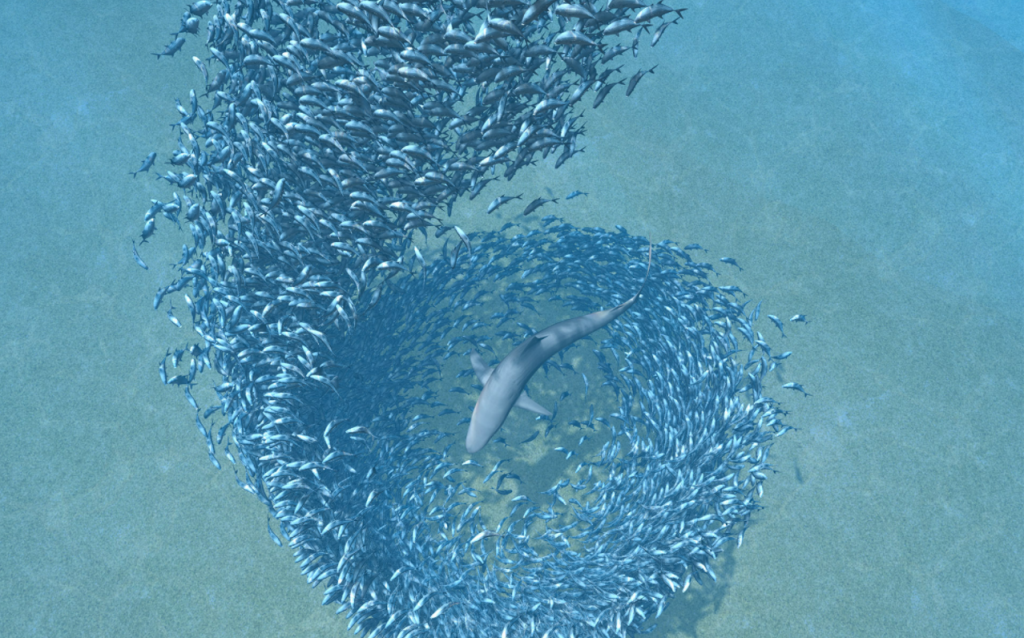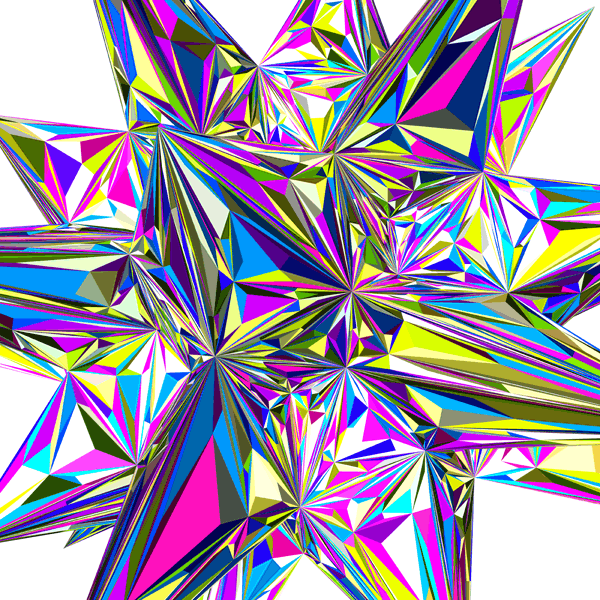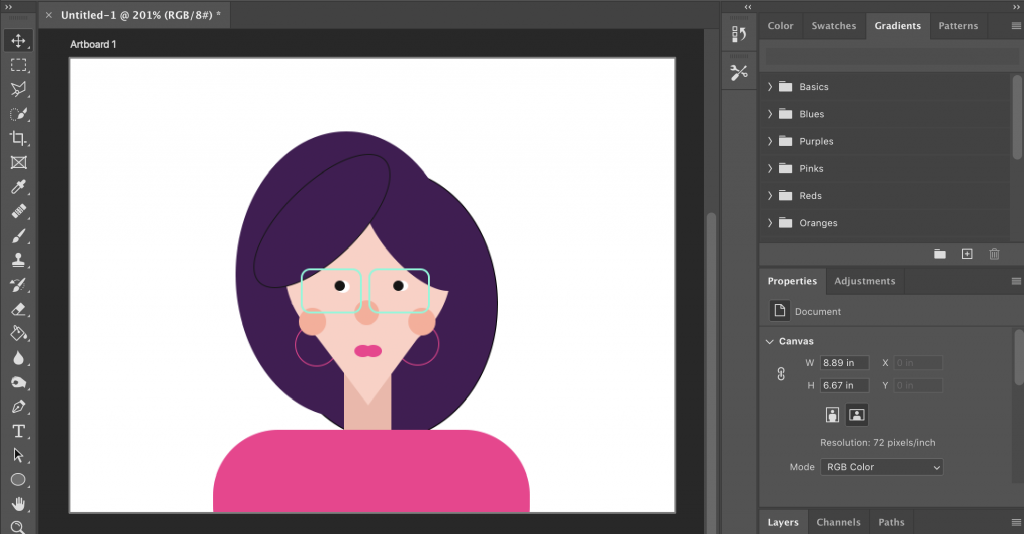My process for this project was to start with a basic face that has many changing variables, such as the eyes both independently changing from each other and same with the pupils. The background idea came from the chaotic energy given by the changing of the variable faces.
facesDownload
var eyeheightr=60; var eyewidthr=60; var eyeheightl=60; var eyewidthl=60; var facewidth=300; var faceheight=400; var eyel=200; var eyer=280; var pupl=200; var pupr=280; var pupheightl=25; var pupheightr=25; var pupsizel=25; var pupsizer=25; var facecolor=150; var eyecolor=222; var pupilcolor=80; var nosecolor=100; var nosewidth=80; var noseheight=60; var nostcolor=50; var nost=20; var nosthl=20; var nosthr=20; var mheight=40; var mwidth=40; var mcolor=25;
function setup() {
createCanvas(480, 640);
}
function draw() {
strokeWeight(0);
frameRate(5);
var R=color(random(0,255),random(0,255),random(0,255));
var G=color(random(0,255),random(0,255),random(0,255));
var B=color(random(0,255),random(0,255),random(0,255)); var Rr=color(random(100,200),random(0,10),random(0,10));
var Gg=color(random(60,220),random(0,0),random(0,25));
var Bb=color(random(1,205),random(0,10),random(0,10)); var Rr2=color(random(0,10),random(10,250),random(0,10));
var Gg2=color(random(0,20),random(100,230),random(0,5));
var Bb2=color(random(1,25),random(180,210),random(0,10)); var Rr3=color(random(0,10),random(20,25),random(0,210));
var Gg3=color(random(0,20),random(10,23),random(0,255));
var Bb3=color(random(1,25),random(10,20),random(180,210));
background(R,G,B);
fill(Rr,Gg,Bb);
rect(0,0,200,100); fill(Rr2,Gg2,Bb2);
rect(70,380,200,300); fill(Rr3,Gg3,Bb3);
rect(200,200,300,200); fill(facecolor);
ellipse(width/2,height/2,facewidth,faceheight); fill(eyecolor);
ellipse(eyer,230,eyewidthr,eyeheightr); ellipse(eyel,230,eyewidthl,eyeheightl); fill(pupilcolor);
ellipse(pupl,230,pupheightl,pupsizel); ellipse(pupr,230,pupheightr,pupsizer); fill(nosecolor);
ellipse(width/2, height/2,nosewidth,noseheight); fill(nostcolor);
ellipse((width/2)-20, height/2, nost,nosthl); ellipse((width/2)+20, height/2, nost,nosthr); fill(mcolor);
arc(width/2, height/1.6, mwidth,mheight, 0, PI, CHORD); }
function mouseClicked() {
facewidth = random(200, 400);
faceheight = random(200, 600);
eyewidthr = random(40,80);
eyeheightr = random(40, 80);
eyewidthl = random(40, 80);
eyeheightl = random(40,80);
pupheightl = random(10,40);
pupheightr = random(10,40);
pupsizel = random(10,40);
pupsizer = random(10,40);
nosewidth = random(60,120);
facecolor = color(random(0,255),random(0,255),random(0,255));
eyecolor = color(random(0,255),random(0,255),random(0,255));
pupilcolor = color(random(0,255),random(0,255),random(0,255));
nosecolor = color(random(0,255),random(0,255),random(0,255));
nostcolor = color(random(0,255),random(0,255),random(0,255));
noseheight = random(55,75);
nosthl = random(15,30);
nosthr = random(15,30);
mheight = random(30,50);
mwidth = random(10,100);
mcolor = color(random(0,255),random(0,255),random(0,255));
}
![[OLD FALL 2020] 15-104 • Introduction to Computing for Creative Practice](../../../../wp-content/uploads/2021/09/stop-banner.png)




